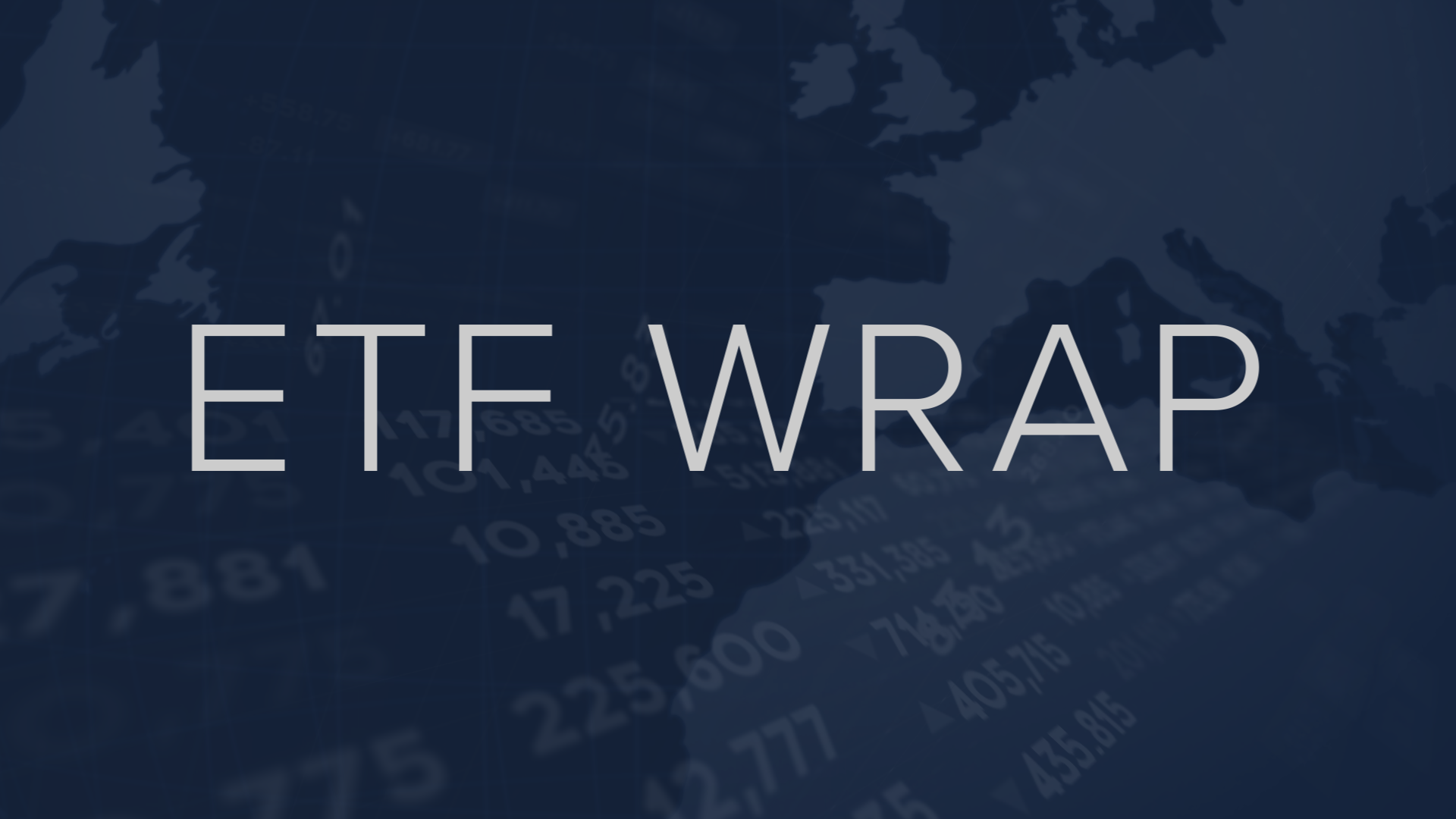This week, ETF Stream revealed JP Morgan Asset Management (JPMAM) had launched two US equity premium income ETFs in Europe, bringing its premium income ETF to three.
The JPMorgan US Equity Premium Income Active UCITS ETF (JEPI) and the JPMorgan Nasdaq Equity Premium Income Active UCITS ETF (JEPQ) both aim to generate high yields with reduced volatility, using option overlay strategies.
They are modelled after their successful US counterparts, which manage a combined $54bn assets under management (AUM).
BlackRock also unveiled new additions to its fixed maturity iBonds range with the launch of eight investment grade (IG) credit ETFs.
The new products offer additional maturities, both in dollars and euros for IG credit across a range of geographies and sectors.
Fixed maturity ETFs have taken the industry by storm since they debuted on the European market last August. Namely, the iShares iBonds Dec 2028 Term € Corp UCITS ETF (IB28) has pulled in $553.9m inflows so far this year.
US elections in focus
Small cap, energy, and US bank ETFs peaked as Trump secured a historic presidential victory.
The SPDR Russell 2000 U.S. Small Cap UCITS ETF (R2SC) rose 6.7% by Wednesday’s European close, while the Xtrackers MSCI USA Financials UCITS ETF (XUFN) gained 4.1%.
Trump’s energy policies meant the SPDR S&P U.S. Energy Select Sector UCITS ETF (SXLE) was boosted 3.2%, while the iShares Global Clean Energy UCITS ETF (INRG) dropped 5.9% due to plans to rescind unspent funds under the Inflation Reduction Act.
China equity ETFs also declined, with the iShares MSCI China UCITS ETF (CNYA) down 1.9%.
GSAM blends active and passive boundaries
This week also saw Goldman Sachs Asset Management’s (GSAM) UK gilts ETF in the spotlight as the passive strategy incorporates an active approach within its index construction.
The Goldman Sachs Access UK Gilts 1-10 Years UCITS ETF (GBPG) tracks an index, yet GSAM’s active fixed income team selects the bonds included in the benchmark, blurring lines between active and passive strategies.
The strategy remains not entirely active due to legacy factors and the relatively small active ETF market at the time of the ETFs launch in 2021.





